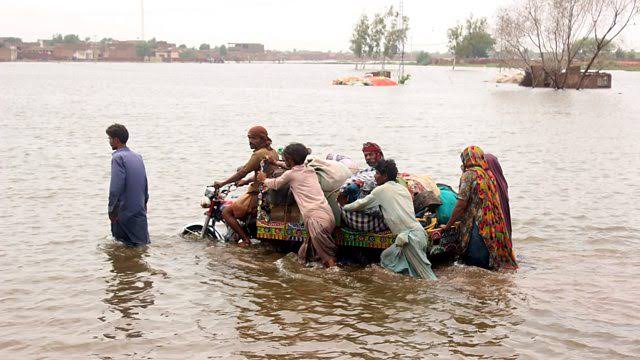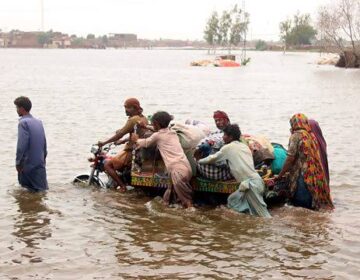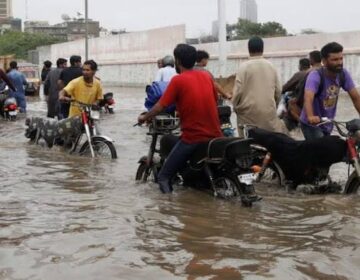MOTHER Nature is once more in an unforgiving mood.
A heavy monsoon spell on over 60 lives and left almost 300 citizens injured in just 24 hours .
Mostly in Punjab’s northern districts prompting the authorities to put emergency services on high alert.
At least 70 people died in the past 48 hours as relentless monsoon rains continue across Pakistan’s Punjab province, raising the overall death toll to 123 since late June.
The Provincial Disaster Management Authority confirmed widespread damage due to roof collapses, landslides, and flash floods triggered by heavy rainfall.
At least 462 people have been injured since the onset of the monsoon spell on June 25, while several low-lying areas remain inundated.
The highest number of fatalities was recorded with 10 deaths reported from Lahore, Chiniot, Okara, Chakwal and Sargodha.
Chiniot and Lahore each recorded three deaths, while Okara saw two and both Chakwal and Sargodha reported one fatality each.
Chakwal remains the worst-affected district, where intense rainfall has caused severe landslides and flooding in local streams, displacing residents and damaging homes.
According to the disaster management authorities, the intensity of the monsoons this year is 60pc to 70pc higher than it was last year.
The authorities are now warning of at least four more heavy monsoon spells , before the end of August.
These warnings have brought back disturbing memories of the devastating floods of 2022.
Climate change has undeniably made this year’s monsoon more intense, especially in Punjab.
It would be disingenuous if not outright irresponsible to use that as an excuse for administrative failures year after year.
As in past years, the ongoing showers have again exposed the authorities’ lack of preparedness and their failure to implement the steps needed to mitigate the crisis despite early warnings of excessive rains from the disaster management agencies ahead of the rainy season.
Those only blaming climate change are, in effect, attempting to absolve themselves of accountability for bad urban planning and poor governance.







